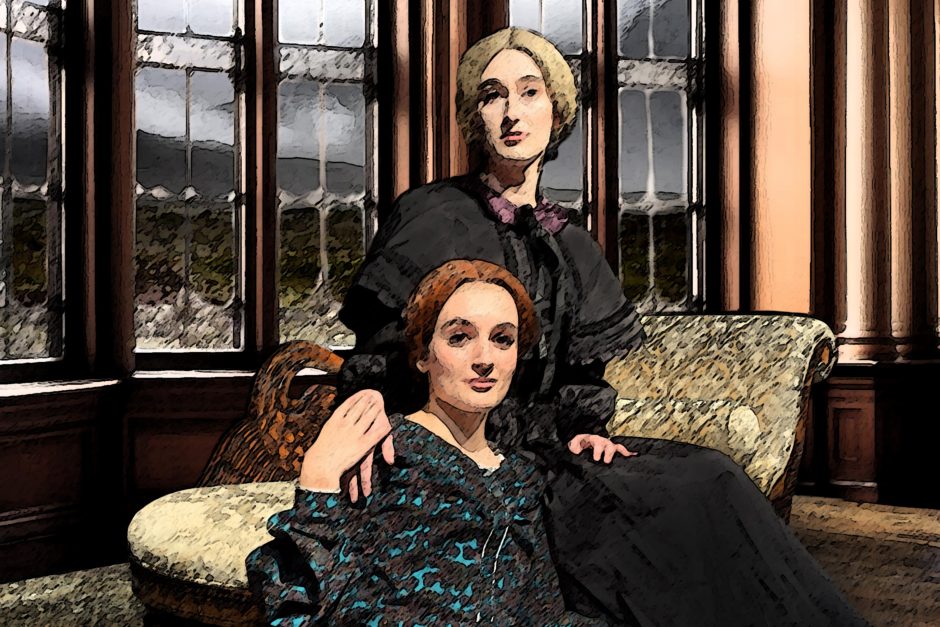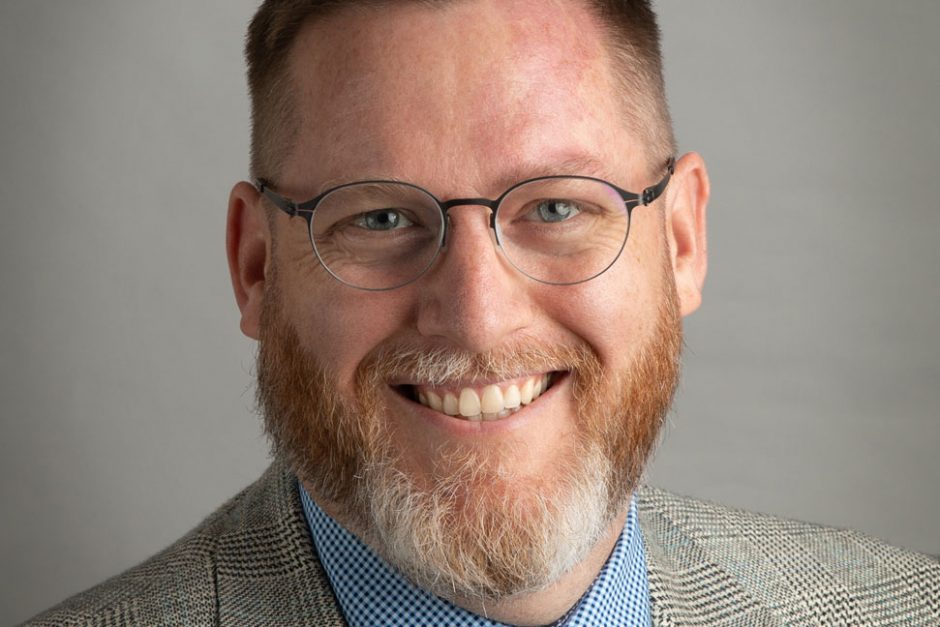Linked courses study wildlife conservation in Costa Rica
To fully understand efforts to protect sea turtles and other tropical animals, it’s useful to visit a place like Costa Rica and meet the people involved. It’s even more helpful to be guided by experts in both the fields of biology and psychology/sociology, as a group of Cornell students were in 2011.
In Case Studies in Tropical Wildlife Conservation, students studied several conservation projects from a zoological perspective to better understand sea turtles, amphibians, and other species. Meanwhile, their counterparts in Environmental Psychology: The Costa Rican Prototype looked at the same projects through a social science lens to better understand the factors that drive humans towards choices that either harm or help wildlife.
The two courses shared materials and their findings, aiming to develop a rich, interdisciplinary understanding of wildlife issues in Costa Rica. Taylor Tvede was enrolled in the biology section of the trip and shared her thoughts.
What was your overall experience like?
I learned so much by experiencing biodiversity directly and seeing the effects of deforestation and other human impacts rather than reading about them in a book or looking at pictures and graphs. There’s a big difference between seeing a picture of a monkey and seeing a monkey ten feet from your face in the wild. It changes the way you think about the class and gives you a different perspective. Little instances like this inspired me to learn as much as I am passionate about wildlife and animals in general, and protecting them and their environment seems like something I could see myself doing in the future.
Were there any benefits to having a psychology class join you in Costa Rica?
As a biology student, I was immersed in the actual data collection and ecological effects of conservation, but I also found it interesting to learn the attitudinal and behavioral effects of conservation, and I mostly learned these from talking with the psychology students. I felt like combining the classes allowed for the biology students to understand more than just one aspect of conservation.
What did you learn from the course?
The main thing I learned is that there is not one specific or correct way to do conservation. Each area of the world is a unique place, as are the animals that live in it, so each conservation strategy must be designed for the particular setting. Also, conservation efforts must conform to the needs of the people in the area to be successful. People’s attitudes, economics, and politics play huge roles in conservation, and it’s difficult to reach agreements that please everyone.
I also learned more about sea turtles than I ever knew, which was fantastic. It was awesome to talk to people who worked with the turtles directly and hear their opinions and ideas rather than just read about research in a scientific paper.
And I really learned to think of the whole picture of conservation. I found myself thinking about possible ways to test a bunch of theories that I came up with from reading articles and talking to biologists, and I’m excited to read more scientific articles about the results of studies that are currently being done in turtle conservation.



